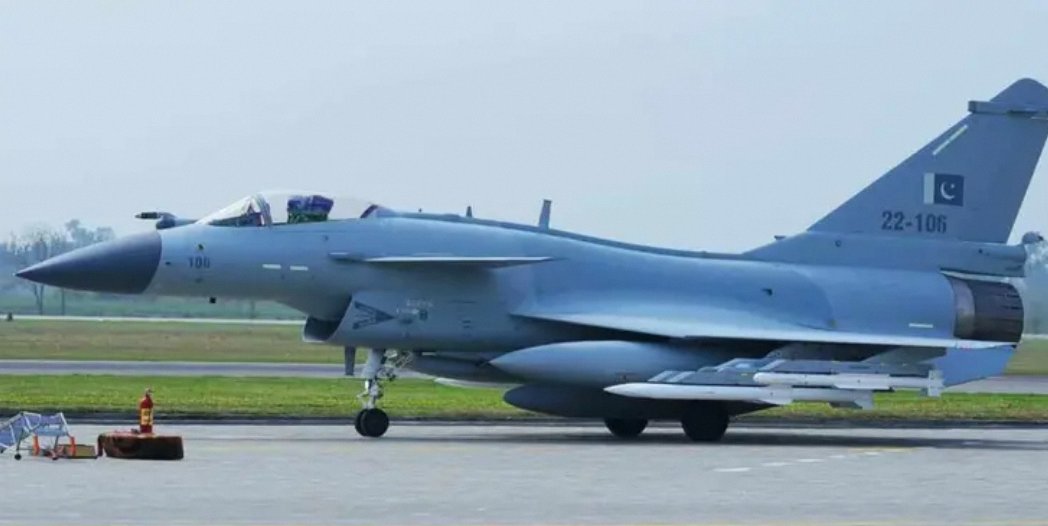Strategic Shift in Indonesia’s Defense Procurement
Indonesia has entered into preliminary discussions with China regarding the possible acquisition of J-10 fighter jets, signaling a notable shift in the Southeast Asian nation’s defense procurement strategy. The talks come amid Jakarta’s ongoing efforts to modernize its air force and diversify its military hardware suppliers.
The negotiations, confirmed by officials from both sides, highlight Indonesia’s growing interest in enhancing its air capabilities in the face of increasing geopolitical tensions in the Asia-Pacific region. While no official contract has been signed yet, sources suggest that talks are progressing with a focus on pricing, technology transfer, and compatibility with Indonesia’s current defense infrastructure.
The J-10: A Modern Multirole Combat Aircraft
Developed by the Chengdu Aircraft Industry Group, the J-10 is a fourth-generation multirole fighter jet that has become a key component of the People’s Liberation Army Air Force (PLAAF). Known by its NATO codename “Firebird,” the aircraft is praised for its agility, high thrust-to-weight ratio, and advanced avionics.
Key features of the J-10 include:
- Delta wing-canard design for enhanced maneuverability
- Active electronically scanned array (AESA) radar
- Beyond-visual-range missile capability
- Compatibility with air-to-air and air-to-surface weapons
The latest variant, the J-10C, also incorporates stealth features and modern avionics that align with fifth-generation fighter capabilities. If the deal materializes, Indonesia would become the first Southeast Asian country to operate the Chinese-built J-10.
Diversifying Military Suppliers: A Strategic Imperative
Indonesia’s interest in the J-10 reflects a broader strategic goal to diversify its military procurement sources. Traditionally reliant on Western suppliers such as the United States and France, Indonesia has recently expanded its defense relationships with Russia, South Korea, and now China.
Jakarta has faced delivery delays and political complications in past defense deals, including a halted order of Russian Su-35 jets due to U.S. sanctions under the Countering America’s Adversaries Through Sanctions Act (CAATSA). These challenges have prompted Indonesia to look towards more geopolitically flexible partners.
China’s offer reportedly includes competitive pricing, favorable financing options, and potential local assembly or maintenance cooperation, making the J-10 an attractive option.
Regional Reactions and Strategic Implications
The possibility of Indonesia acquiring Chinese fighter jets is likely to raise eyebrows in regional capitals, particularly in Australia, India, and the United States, all of whom view Indonesia as a strategic balancing power in Southeast Asia.
Defense analysts note that while the J-10 acquisition would boost Indonesia’s air defense capabilities, it may also signal Jakarta’s intention to maintain a more non-aligned foreign policy, keeping both Western and Eastern powers engaged in its defense ecosystem.
Additionally, such a move could have implications for ASEAN’s defense posture, particularly as Indonesia holds a prominent position within the bloc and continues to play a diplomatic role in regional disputes, including those in the South China Sea.
Military Modernization in Full Swing
Indonesia has accelerated its defense modernization efforts in recent years. The country has already inked deals for French Rafale jets, Turkish UAVs, and South Korean KF-21 Boramae stealth fighters in development. Adding the J-10 to its fleet would contribute to a multi-platform air force capable of diverse mission profiles ranging from air superiority to precision strikes.
Indonesian Air Force officials have reportedly conducted technical evaluations of the J-10 in China and expressed satisfaction with its performance metrics. However, issues related to interoperability with existing NATO-standard systems and concerns over cybersecurity and data integrity are still under consideration.
Diplomatic and Industrial Cooperation on the Table
Beyond the aircraft themselves, discussions between Jakarta and Beijing also include defense industrial cooperation, such as technology transfer, joint training programs, and maintenance infrastructure development. These elements could pave the way for broader military-to-military cooperation between the two countries.
The Chinese government, through its defense export arm, is reportedly willing to offer customization options and flexible delivery schedules, aiming to build long-term defense ties with one of ASEAN’s most influential members.





